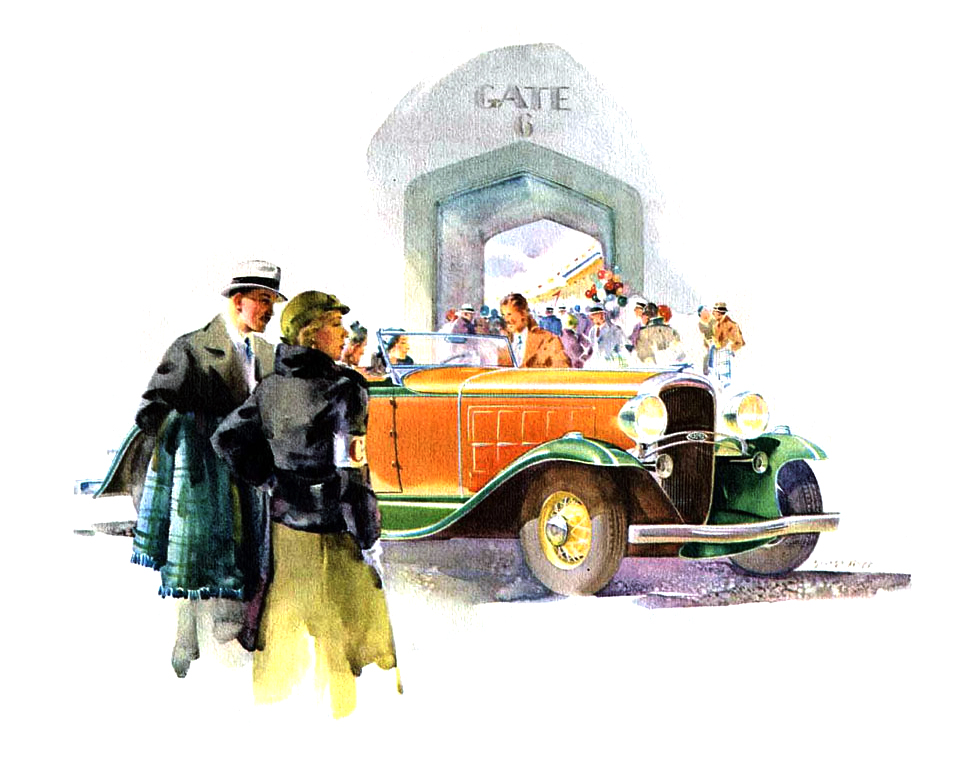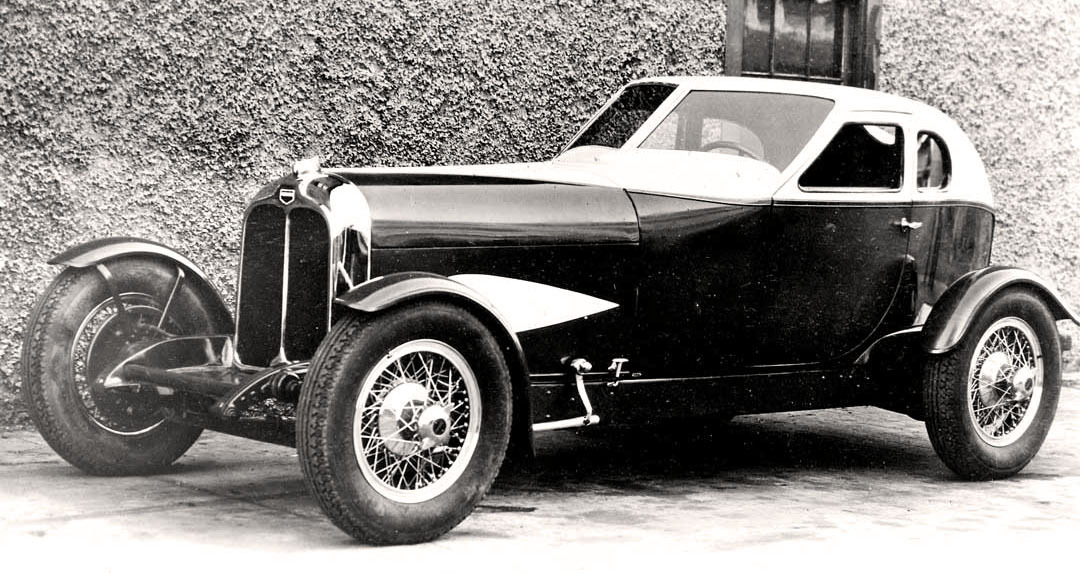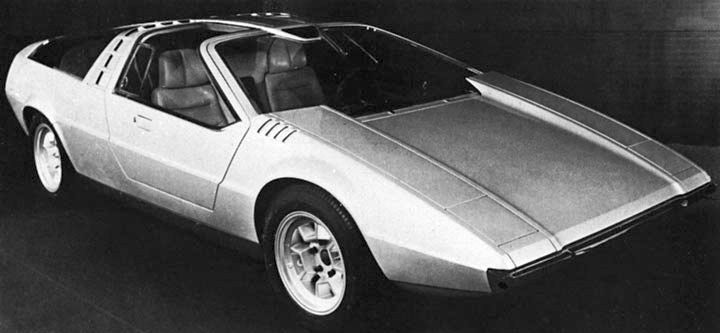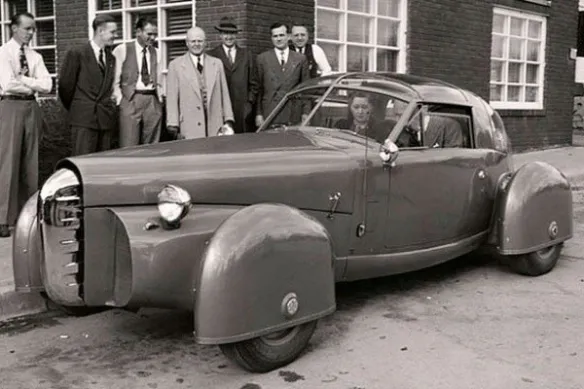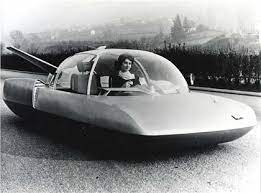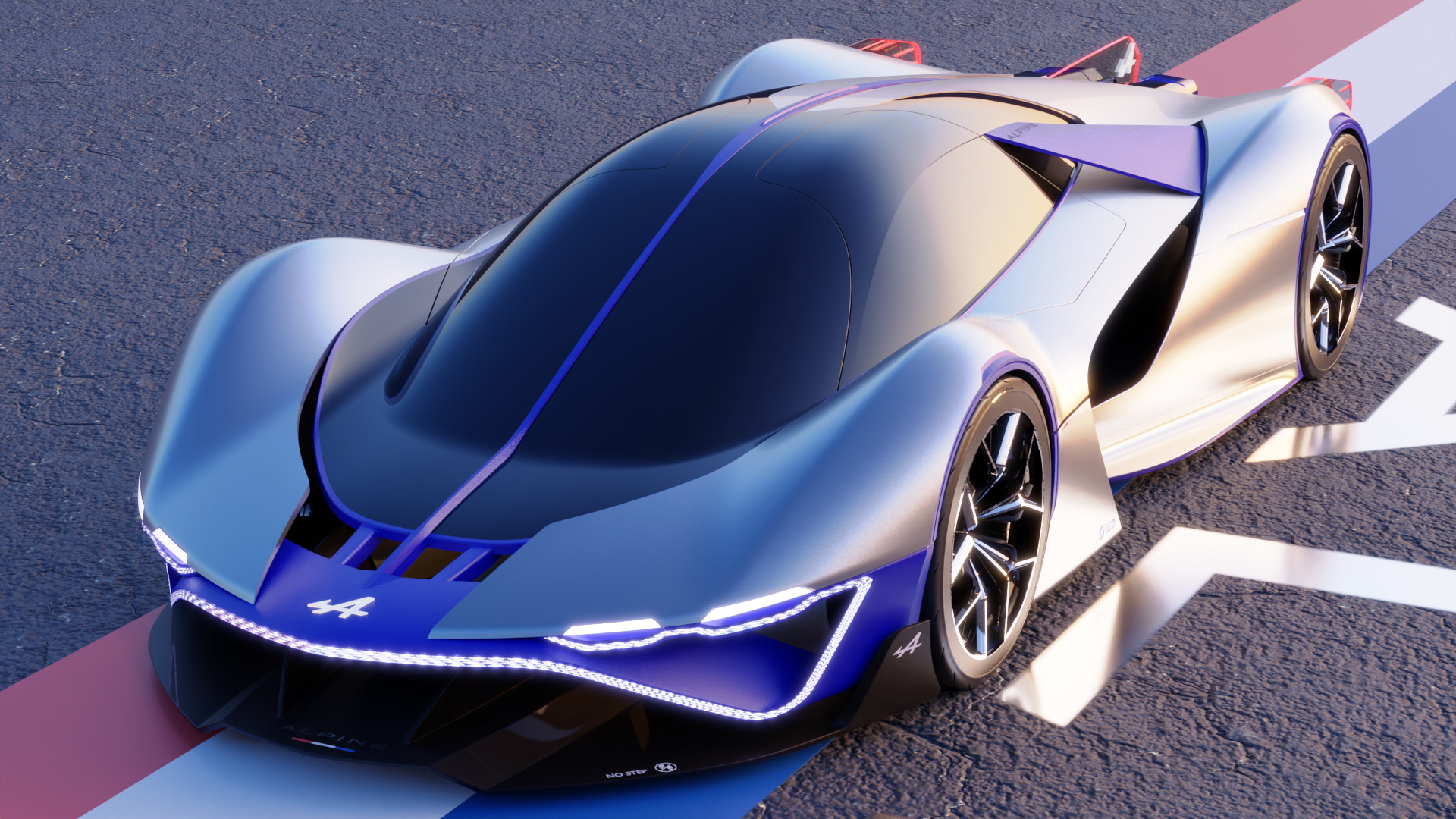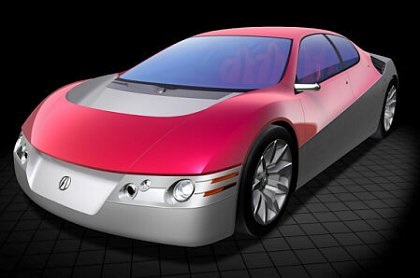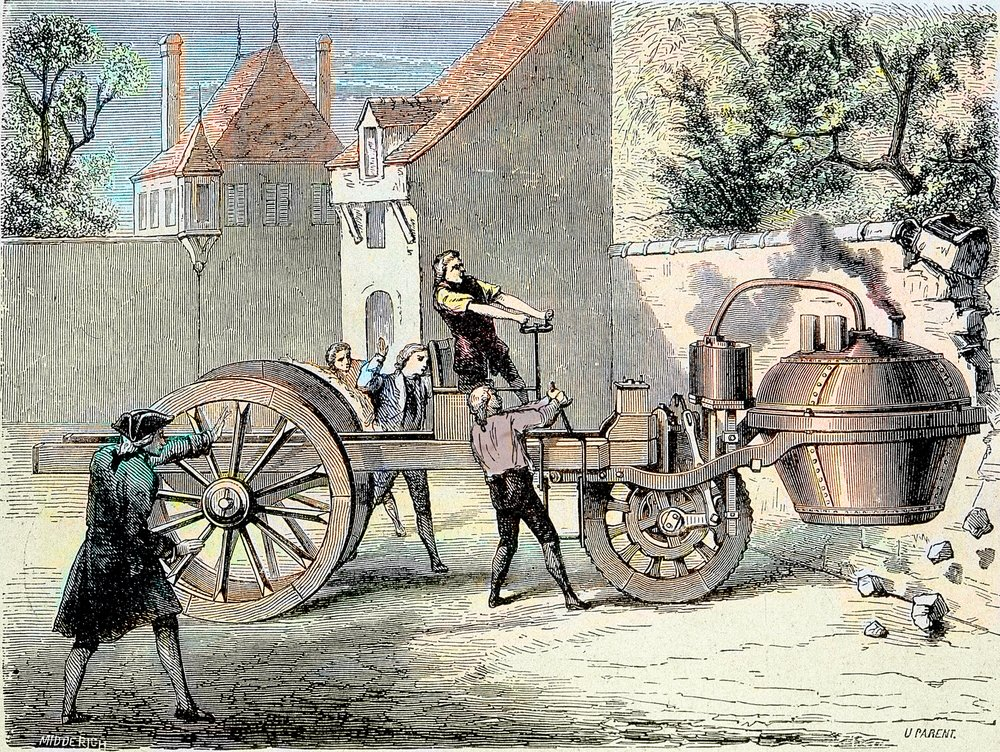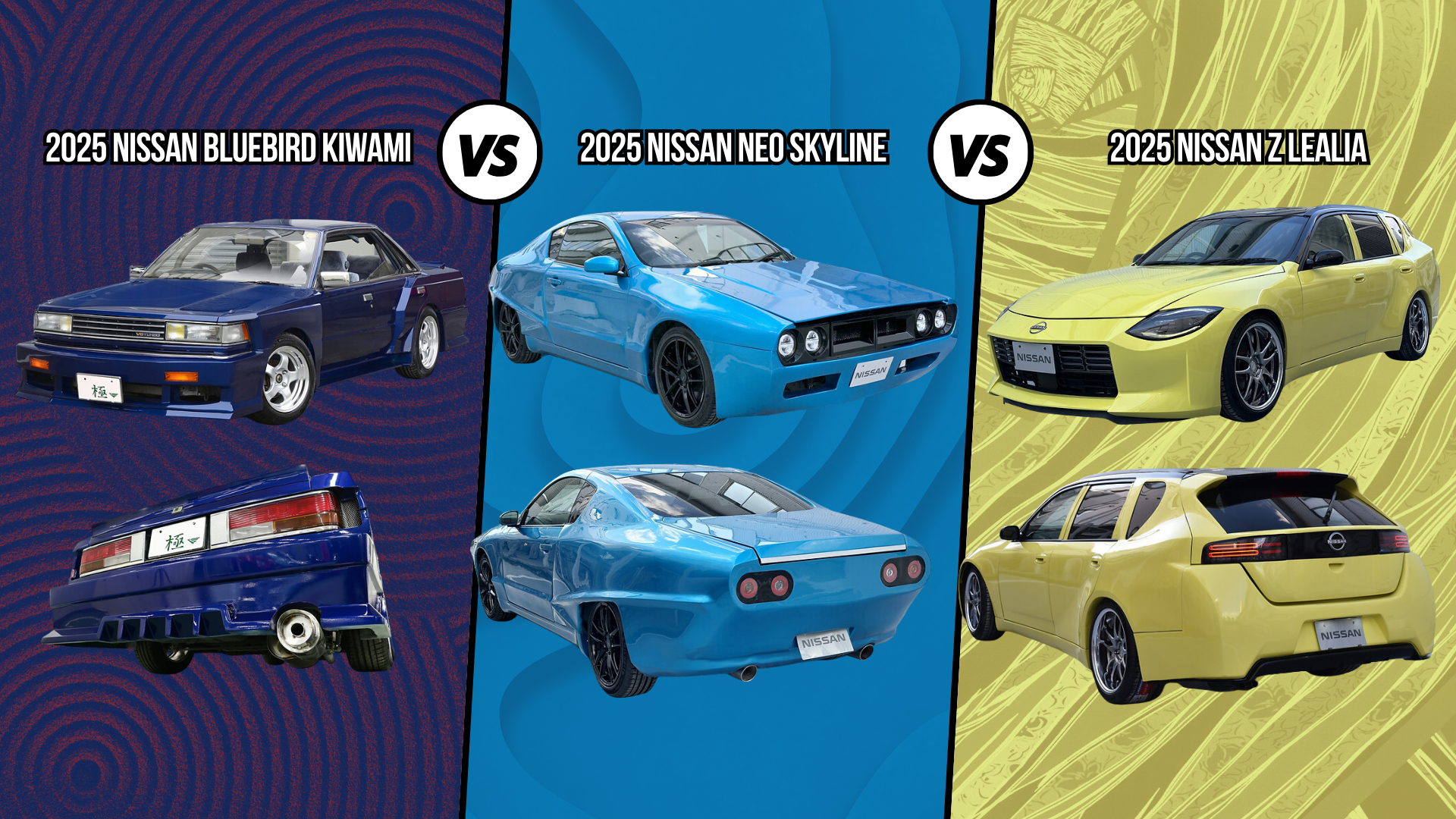1921 Leyat Helica Propeller Car
- Story Cars
- Mar 21, 2024
- 2 min read
The Leyat Helica, manufactured in 1921, represents a fascinating yet peculiar chapter in automotive history. Conceived by Frenchman Marcel Leyat, who transitioned from designing biplanes to automobiles, the Helica was a bold departure from conventional car design principles of its time.
Leyat's vision was influenced by his aviation background, leading him to address what he perceived as inefficiencies in early car designs. He believed that traditional cars were too heavy and aerodynamically inefficient, and he saw the complexity of driven wheels as unnecessary. Drawing inspiration from aircraft, Leyat envisioned a lightweight, aerodynamic vehicle powered by a propeller directly connected to the engine's crankshaft.
The Helica featured a minimalist design, with a lightweight plywood body and a propeller mounted at the front. It was powered by an 18-horsepower Harley-Davidson v-twin engine, delivering a top speed of 106 mph (171 km/h) in 1927. However, despite its innovative approach to propulsion, the Helica faced numerous challenges and safety concerns.
One major issue was the risk posed by the spinning propeller, both to pedestrians and occupants of the vehicle. While later models featured wire mesh shielding for safety, the original designs lacked such protection. Additionally, the propeller's mass could become hazardous in the event of a rear-end collision, posing a threat of flying debris.
Moreover, the Helica's steering system, inspired by aircraft controls, utilized a cable-operated rear wheel steering mechanism. This unconventional setup contributed to unstable handling and made driving the Helica a challenging experience.
Ultimately, the Leyat Helica remains a testament to the experimental spirit of early automotive pioneers. While its design may have been impractical and unsafe by modern standards, it represents a bold attempt to rethink conventional automobile engineering and propulsion systems.









